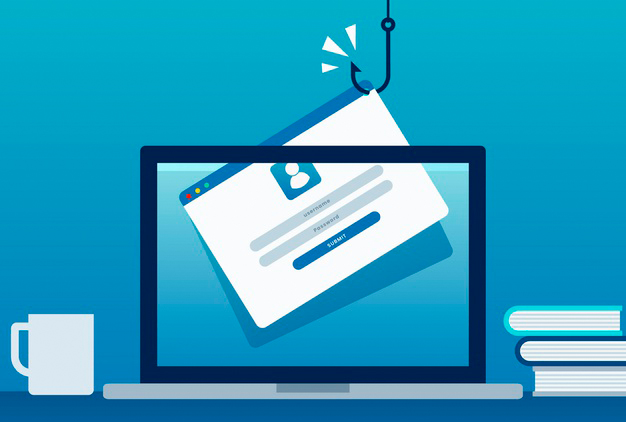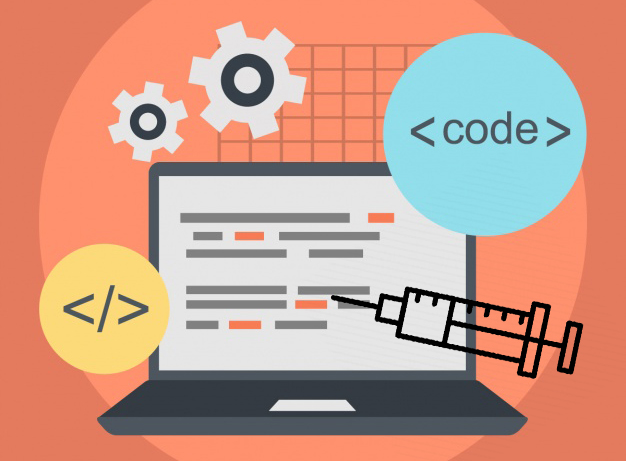No system is immune to cyber-attacks and unauthorized access. But do you know how common it is for companies to remain oblivious to a data breach? Moreover, employees responsible for these incidents often don’t know why they are at fault.
Read further to find out how to prevent data breach events and improve your cybersecurity.
A data breach is an occurrence of unauthorized access to protected information. Some experts like to distinguish data incident and data breach definition based on the consequences.
The breaches can affect individuals (information about private life, contact data, and other personally identifiable information), businesses (sensitive corporate data, critical software and databases), and governmental organizations (protected health information and government-restricted data).
As for the breach methods, they are multiple. Keep reading to learn about the most common ones.
You might think that data breach, security violations, and data loss incidents happen mostly due to hacker attacks. In reality, not all data breaches happen using SQL injections. A significant part of these incidents occurs as a result of employee negligence that hackers can effectively exploit.
Let’s take a look at some of the most common breach methods.
It’s a malware type that compromises and encrypts data, making it inaccessible until the user pays a ransom. Even then, no one can guarantee that you’ll get all your files back.
Reusing one password for multiple accounts is another horrible practice, especially in larger enterprises. A single data breach can compromise the entire system if an employee has the same password for different accounts, putting his company at serious risk.
One data breach can compromise other accounts. Therefore, employees who reuse login credentials for different accounts put their company at serious risk.
Even with the latest technology, high-level organizations and governments still can’t detect all data breaches fast enough to mitigate damage. According to Bitdefender’s 2017 survey, 64% of cyber attacks remain undetected, while 74% of breached IT companies don’t know what caused them.
In addition to this, detecting data breach is an extremely long process. It took over 101 days for an average organization to discover an interference in 2017 (based on FireEye report).
Before learning how to prevent a data breach, companies and individuals need to understand how to detect security incidents. Let’s look at common signs that someone tampered with a system:
Unusual traffic patterns can mean a perpetrator uses your network to transfer data. Therefore, you should monitor traffic to detect abnormal activities.
Companies should review system logs while paying special attention to privileged user activities. You may need to enable data breach prevention measures if you notice high volume database transactions, batch permission changes, and users logging in from multiple locations in a short time frame.
Is your device or internet connection running much slower than usual? Poor performance sometimes means malware infection. Employees should turn to the company’s IT team if they notice something like this to ensure data theft prevention. Moreover, we recommend notifying the IT team if you detect system processes that refuse to shut down.
Unexpected account lockouts, group membership modifications, and sudden password changes are sure-fire signs of an infiltrated system. Users must report such activities immediately to ensure data breach prevention or to mitigate damage.
What should a company do after a data breach? We don’t recommend taking any impactful actions straight away. Otherwise, you can make it harder to find tracks and identify security weaknesses.
Employees need to notify system administrators and other responsible parties if they detect a security breach. The IT department should save and copy all logs and reports for further investigation. The organization should also notify stakeholders and superior bodies (for governmental units) about the potential breach.
Efficient data breach prevention involves all facets of the organization and every person that interacts with its system. This includes IT personnel, employees with administrative privileges, and even their personal devices.
Here are some universal ways to prevent data breaches:
Organizations must know their security weaknesses and strengths to prevent data breaches and, therefore, act on reducing potential damage. Full-scale security risk assessment and compliance audits allow companies to identify the best approaches to security breach prevention.
UnderDefense will detect loopholes in your system, identify internal and external vulnerabilities, and verify if employees adhere to data breach prevention instructions. Furthermore, our experts will react fast if they find security incidents.











